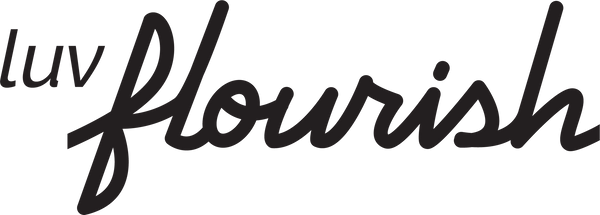Four Tips For Talking to Your Tween About Puberty
Share

If this headline fills you with dread and/or discomfort, this post is for you. Real talk—your tween daughter’s body is changing. According to Johns Hopkins All Children’s Hospital, average onset of puberty in girls in the US occurs around age eight. But anywhere between the ages of seven and twelve is considered normal. This is a critical moment for building confidence and cultivating body positivity. Let’s not make it awkward.
Below, we’ve curated a few insights from our own experiences and research to help you navigate this (ongoing) conversation with your daughter. Let’s reframe it as an opportunity to connect with your kid and craft an empowering new narrative around puberty. Read on for our favorite tips.
1. Flip the script.
Think about the talk your parents did—or didn’t—have with you about puberty. Chances are, it was horribly uncomfortable—or never happened at all. Think about what you wish you’d been told and start there. Jot down notes or talking points if you feel stuck. Hopkins also advises starting to talk about puberty before she begins experiencing it, if possible, so she’s not confused, scared, or surprised by any unexpected changes. If you’re late to the game, don’t stress. You’re here now, and you can become a resource at any time.
2. Stick to science.
Lean into biological facts and speak to her like an adult—accurate information will make everything less scary. Celebrate Your Body and Healthy Children are great resources for information about puberty in girls.
A few cliff’s notes: One of the first signs of puberty in girls is the development of breast buds. I.e., when the pinkish area that has always been flat against her chest begins to be slightly raised or puffy. Next, a firmness will develop under the nipples. Over a span of months and years, the breasts will develop from here. As they grow, the area can feel very tender which is 100% normal and temporary. Often, a girl’s bra (aka: training bra or first bra) can make her feel more comfortable, providing a soft barrier between her sensitive skin and outer shirt.
Breast development is followed by the growth of underarm and then pubic hair. About a year after hair starts to grow, we expect to see a period. Sharing this scientific timeline with your daughter is a great idea, as it clarifies that, yes, while her body is going to change, she’s not magically metamorphosing into a different person overnight. And while puberty can be uncomfortable at times, it’s a time of transition and like everything else, is temporary.
3. Normalize puberty.
250M+ girls in the world are experiencing it at the same time. Every teen and adult woman she knows has experienced it. Famous women? They’ve experienced it. Many of her friends are probably experiencing it. Note that girls develop at different paces—some girls develop breast buds as early as second grade. This is normal. Developing later? Also normal. This doesn’t have to be scary or embarrassing, and it’s not a race.
4. All questions welcome.
Let your daughter know she can ask questions—about ANYTHING—and that your reaction will be affirming, informative, and helpful, is key to changing the first bra and puberty narrative. Talk with your daughter (not AT her), so you can become her go-to person for puberty related questions. It’s also smart to start having these talks sooner rather than later. If your daughter isn’t going through puberty but her friends are, begin the conversation. Sharing the questions you had as a tween can be helpful here, especially if she’s uncomfortable at first. If she’s still not opening up, you can suggest she can write her questions on a piece of paper for you to discuss later. Remind her that no question is silly, no question is off-limits—and that you’re here for her no matter what.